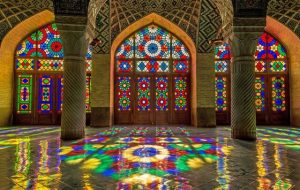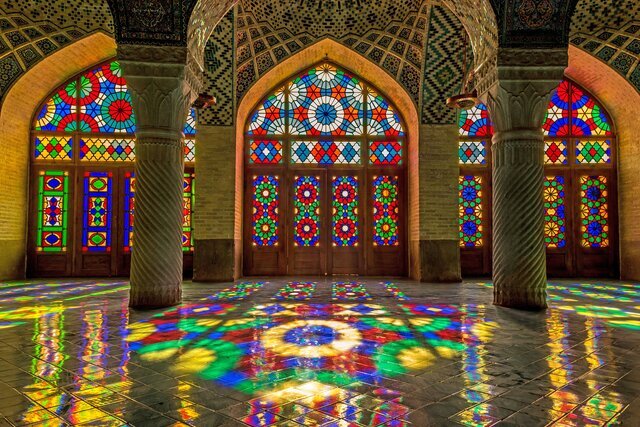Iran prepares to submit dossier for UNESCO recognition of historical mosques
TEHRAN – Iran is set to submit a comprehensive dossier to UNESCO for the global recognition of its historical mosques, with many of these architectural gems located in the province of Isfahan. As mentioned by Isfahan’s tourism chief, the submission is nearing completion and will soon be sent to the United Nations Educational, Scientific and


TEHRAN – Iran is set to submit a comprehensive dossier to UNESCO for the global recognition of its historical mosques, with many of these architectural gems located in the province of Isfahan.
As mentioned by Isfahan’s tourism chief, the submission is nearing completion and will soon be sent to the United Nations Educational, Scientific and Cultural Organization (UNESCO) for evaluation.
The initiative to register Iran’s mosques as World Heritage sites began approximately two years ago, focusing on 34 mosques across 12 provinces, Amir Karamzadeh said on Monday.
“These mosques represent the evolution of Islamic architecture in Iran from its inception to the present day,” the official said.
He said each of the selected mosques has undergone a thorough field study as part of a documentation project, ensuring a comprehensive portrayal of their historical and cultural significance before submission to UNESCO.
Earlier this year, Ali Darabi, the Deputy Minister of Cultural Heritage, Tourism, and Handicrafts, announced that 30 historical mosques had been identified as eligible candidates for the UNESCO World Heritage list. During his visit to the Jameh Mosque of Saveh—one of the nominated mosques—Darabi emphasized the meticulous nature of the evaluation process. He noted that UNESCO evaluators examine various criteria, including the architectural features of the mosques, their integration into local communities, and their preservation over time.
The Jameh Mosque of Saveh, for instance, showcases architectural elements from different historical eras, making it a strong contender for inclusion on the prestigious list, Darabi said.
The centuries-old mosque, like many other examples in the ancient country, is distinguished by its striking domes and minarets, which serve as iconic symbols of Islamic architecture. Notable examples of these architectural masterpieces include the Nasir Al-Molk Mosque in Shiraz, the Sheikh Lotfollah Mosque in Isfahan, and the Blue Mosque in Tabriz, to name a few.
The diverse architectural styles of Iranian mosques reflect regional variations, with intricate geometric designs, vibrant colors, and symbolic motifs that enhance their aesthetic appeal. Each mosque, or “masjed,” serves not only as a place of worship but also as a cultural landmark, illustrating the rich heritage of Islamic art and architecture in Iran.
This initiative follows the successful registration of 54 caravanserais in Iran at the 45th session of the UNESCO World Heritage Committee last year, among other serial properties such as Persian Gardens and Persian Qanats, highlighting the country’s ongoing efforts to preserve and promote its cultural heritage on a global stage.
AM
